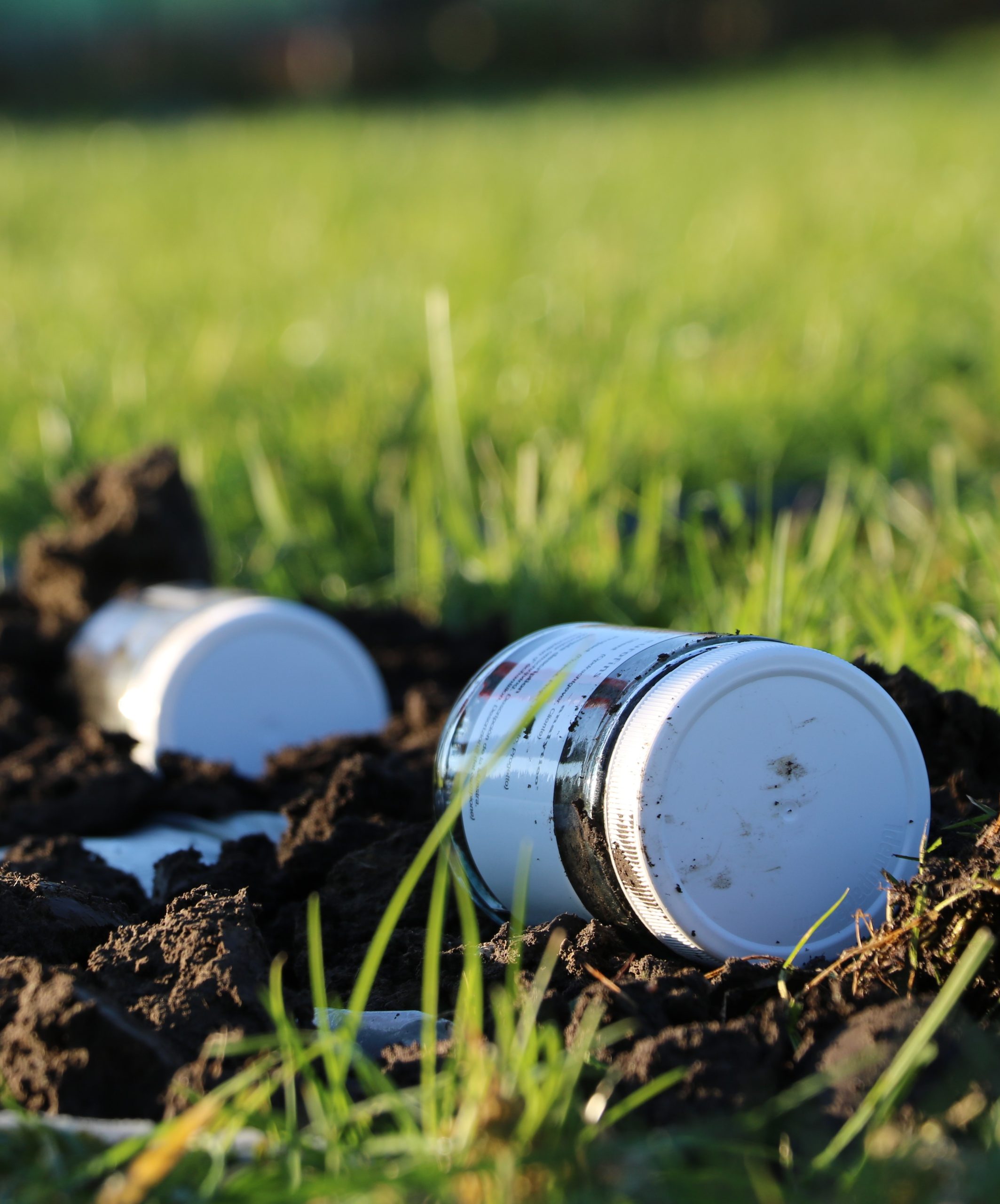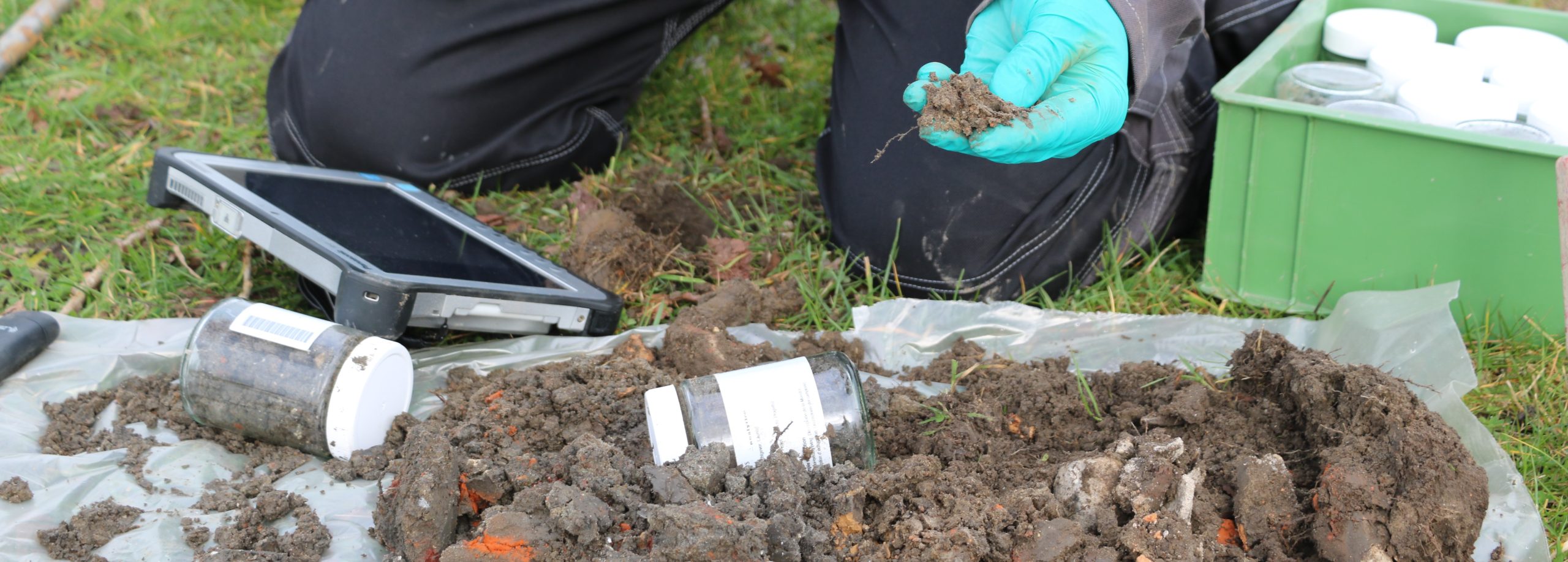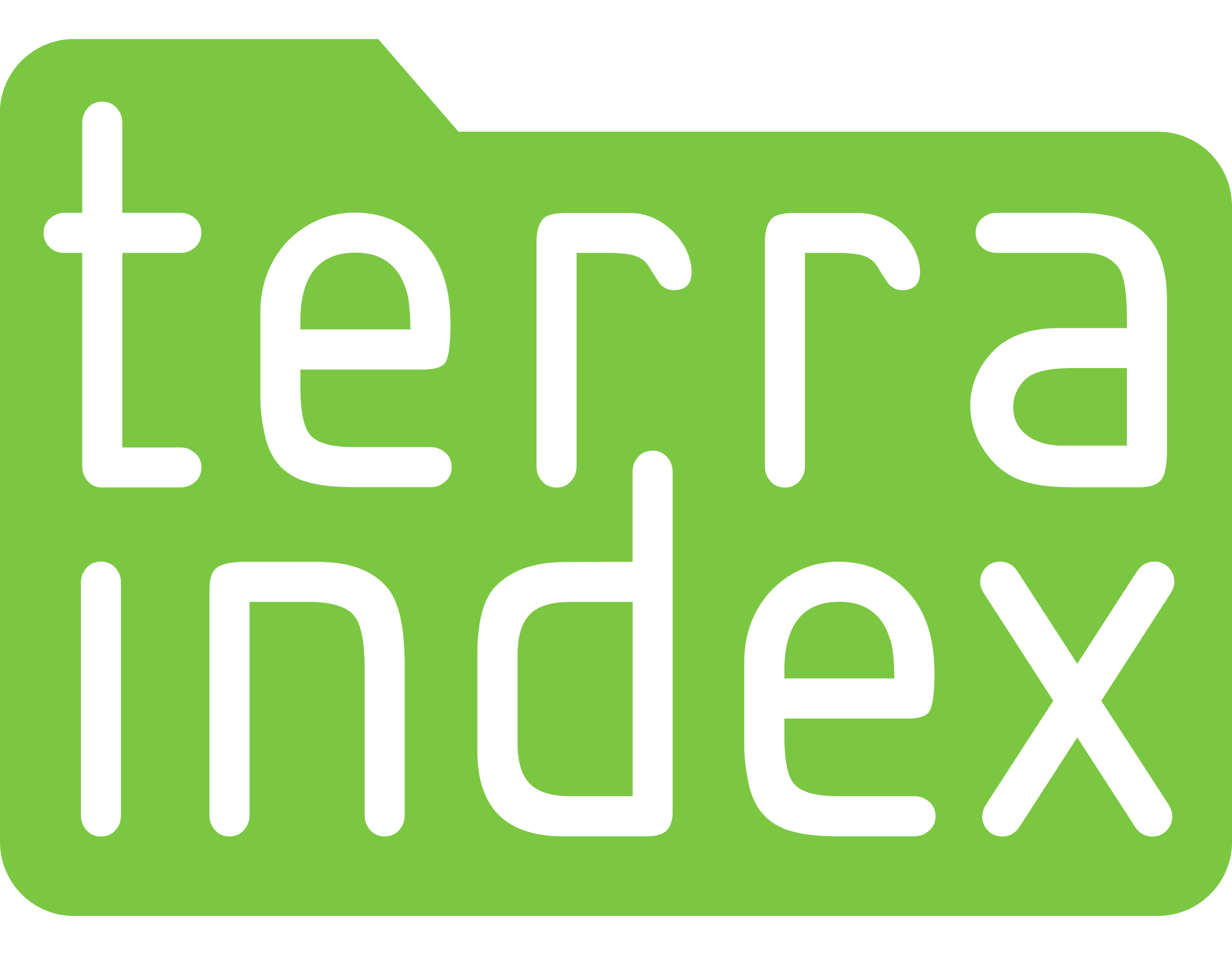Our market expert, Roelof, says:
Finally, the proposal for the first European legislation to protect the soil is ready. With this proposal, the EU aims to ensure that European soils do not further deteriorate due to contamination and erosion. This is the first legislative proposal that addresses the European soil strategy. Although I fully agree with the need to protect our soil, I find the proposal not very ambitious and rather lacking. The proposal starts with a context explaining why this legislation is important. Within this context, the war in Ukraine is cited as an example to emphasize the importance of preserving healthy soils. However, this war is between two countries outside the European Union and has little to do with soil issues. This is a missed opportunity to highlight the intrinsic importance of our soils and feels like a shoehorned comment to criticize an aggressive neighbouring country of the EU. Secondly, a significant gap in the proposal’s context is the lack of attention to the causes of soil degradation within the EU. In my opinion, prevention is better than cure, but the proposal mainly focuses on cleaning up the consequences, which is disappointing. Our soil has been increasingly polluted for decades, mainly due to industrial and agricultural activities, yet there seem to be no serious efforts to effectively address this issue. Moreover, the term “industry” is not even mentioned in the context of soil pollution in the proposal. The causes of contamination and erosion are not discussed unless a clear culprit cannot be identified, such as in the case of climate change.

Now, let’s take a look at what the proposal actually contains. Each member state is expected to categorize its soil into specific districts based on various characteristics, such as soil type (using the World Reference Base for Soil Resources), climate conditions, and land use type. Subsequently, a monitoring network is to be established to track the health of these soil districts. This will be done using specific parameters that need to be measured, such as salinization, erosion, organic carbon, soil compaction, eutrophication, pollution, water-holding capacity, soil biodiversity, and soil use. Criteria have been defined for each of these aspects at different levels. Some criteria are set at the European level, for example, the limit of 4 dS/m-1 for soil salinization within the European Union. Other criteria are determined at the level of individual member states. For instance, a member state may provide its own values for acceptable criteria for heavy metals in the soil, as long as there is no unacceptable risk to human health and the environment. Additionally, there are properties that do not have specific criteria but must be included in the monitoring, such as soil pH or available soil nitrogen. This flexibility in the legislation ensures that it does not completely disrupt existing laws in member states but introduces a standardized methodology to monitor soil degradation, which is highly positive.
Furthermore, a chapter of the proposal is dedicated to sustainable soil use. Each European member state is expected to establish and follow its own rules for sustainable soil use, within the existing EU plans. The aim of these rules is to assess their effectiveness and make sustainable soil use accessible to landowners through advice and training. Another aspect of sustainable soil use is preventing the loss of ecosystem services. Thus, there is ample attention given to teaching soil management and monitoring soil functioning.
It is also important that the proposal includes a strategy for contaminated sites and how to deal with them. This encompasses not only identifying and investigating contaminated sites but also managing them. Additionally, it is demanded that this data be recorded and made publicly accessible. Fortunately, in the Netherlands, we are already making good progress in this regard, with initiatives like the BRO for environmental quality. It is nice to see that this requirement will also be included within the European Union, ensuring that other member states make their soil quality visible to everyone.
I believe that this legislation can form a solid foundation for a European soil policy. Nevertheless, I would like to see more specific criteria regarding human health, which all member states must adhere to. Currently, it seems that this is largely left to the discretion of member states, possibly out of fear that the proposal might be rejected by certain countries. Additionally, I think there should be mechanisms to hold major polluters responsible for the restoration of severely degraded soil in certain locations. Overall, the proposal is not very ambitious, but it is a starting point. Currently, the proposal is finalized, and no further input can be provided. The proposal can be accessed on the website of the European Commission.
Roelof Zwaan
Markt expert
Our market expert, Roelof, says:
Finally, the proposal for the first European legislation to protect the soil is ready. With this proposal, the EU aims to ensure that European soils do not further deteriorate due to contamination and erosion. This is the first legislative proposal that addresses the European soil strategy. Although I fully agree with the need to protect our soil, I find the proposal not very ambitious and rather lacking. The proposal starts with a context explaining why this legislation is important. Within this context, the war in Ukraine is cited as an example to emphasize the importance of preserving healthy soils. However, this war is between two countries outside the European Union and has little to do with soil issues. This is a missed opportunity to highlight the intrinsic importance of our soils and feels like a shoehorned comment to criticize an aggressive neighbouring country of the EU. Secondly, a significant gap in the proposal’s context is the lack of attention to the causes of soil degradation within the EU. In my opinion, prevention is better than cure, but the proposal mainly focuses on cleaning up the consequences, which is disappointing. Our soil has been increasingly polluted for decades, mainly due to industrial and agricultural activities, yet there seem to be no serious efforts to effectively address this issue. Moreover, the term “industry” is not even mentioned in the context of soil pollution in the proposal. The causes of contamination and erosion are not discussed unless a clear culprit cannot be identified, such as in the case of climate change.

Now, let’s take a look at what the proposal actually contains. Each member state is expected to categorize its soil into specific districts based on various characteristics, such as soil type (using the World Reference Base for Soil Resources), climate conditions, and land use type. Subsequently, a monitoring network is to be established to track the health of these soil districts. This will be done using specific parameters that need to be measured, such as salinization, erosion, organic carbon, soil compaction, eutrophication, pollution, water-holding capacity, soil biodiversity, and soil use. Criteria have been defined for each of these aspects at different levels. Some criteria are set at the European level, for example, the limit of 4 dS/m-1 for soil salinization within the European Union. Other criteria are determined at the level of individual member states. For instance, a member state may provide its own values for acceptable criteria for heavy metals in the soil, as long as there is no unacceptable risk to human health and the environment. Additionally, there are properties that do not have specific criteria but must be included in the monitoring, such as soil pH or available soil nitrogen. This flexibility in the legislation ensures that it does not completely disrupt existing laws in member states but introduces a standardized methodology to monitor soil degradation, which is highly positive.
Furthermore, a chapter of the proposal is dedicated to sustainable soil use. Each European member state is expected to establish and follow its own rules for sustainable soil use, within the existing EU plans. The aim of these rules is to assess their effectiveness and make sustainable soil use accessible to landowners through advice and training. Another aspect of sustainable soil use is preventing the loss of ecosystem services. Thus, there is ample attention given to teaching soil management and monitoring soil functioning.
It is also important that the proposal includes a strategy for contaminated sites and how to deal with them. This encompasses not only identifying and investigating contaminated sites but also managing them. Additionally, it is demanded that this data be recorded and made publicly accessible. Fortunately, in the Netherlands, we are already making good progress in this regard, with initiatives like the BRO for environmental quality. It is nice to see that this requirement will also be included within the European Union, ensuring that other member states make their soil quality visible to everyone.
I believe that this legislation can form a solid foundation for a European soil policy. Nevertheless, I would like to see more specific criteria regarding human health, which all member states must adhere to. Currently, it seems that this is largely left to the discretion of member states, possibly out of fear that the proposal might be rejected by certain countries. Additionally, I think there should be mechanisms to hold major polluters responsible for the restoration of severely degraded soil in certain locations. Overall, the proposal is not very ambitious, but it is a starting point. Currently, the proposal is finalized, and no further input can be provided. The proposal can be accessed on the website of the European Commission.

